As a BetterHelp affiliate, we receive compensation from BetterHelp if you purchase products or services through the links provided
Obsessive-Compulsive Disorder (OCD) is a mental health condition characterized by unwanted and intrusive thoughts that drive repetitive behaviors. In children, recognizing the signs of OCD can be incredibly challenging due to their natural tendencies for imaginative play and ritualistic behaviors as part of their development. However, when these actions begin to interfere with daily life and cause distress, it may be time to consider the possibility of OCD.
Identifying OCD in children often requires careful observation and a professional evaluation. Look for patterns of excessive hand washing, repeated checking, or persistent alignment of objects—all actions that might suggest a need for further investigation. It’s also important to listen to your child’s concerns and take their fears seriously, as they might not always have the words to express the anxiety driving their behaviors.
Key Takeaways
- OCD manifests as intrusive thoughts and repetitive behaviors that cause distress.
- Observation and professional evaluation are key in identifying OCD in children.
- Support and understanding from families are crucial in managing OCD symptoms.
 Understanding OCD in Children
Understanding OCD in Children
Obsessive-Compulsive Disorder (OCD) in children can be perplexing, but beginning with a basic grasp of its nature is vital. Your awareness of the nuances can significantly influence how you support a child with this condition.
Difference Between Obsessions and Compulsions
Obsessions are repeated, persistent, and unwanted thoughts that cause significant anxiety or distress. Kids may try to ignore or suppress them with other thoughts or actions.
- Examples of obsessions:
- Fear of germs or contamination
- Unwanted forbidden or taboo thoughts
- Aggressive thoughts toward others or self
Conversely, compulsions are behaviors that a child feels compelled to perform repetitively in response to an obsessive thought or to follow rigid rules.
- Examples of compulsions:
- Excessive handwashing or cleaning
- Ordering things in a precise way
- Repeatedly checking on things, such as whether the door is locked
Key Takeaway: Knowing the difference between obsessions and compulsions can help you spot potential signs of OCD in children.
 Common OCD Manifestations in Childhood
Common OCD Manifestations in Childhood
Children with OCD may show a range of behaviors that signal the presence of the condition. Not every child will exhibit the same symptoms, but common patterns include:
- Obsessions with symmetry: Long-lasting urges to make things perfect or even.
- Hoarding: Difficulty throwing away possessions, regardless of their actual value.
- Rituals related to numbers: Obsessive counting or believing specific numbers are “good” or “bad.”
Key Takeaway: Becoming familiar with common OCD manifestations in kids allows you to understand their experiences better and helps in seeking the appropriate care.
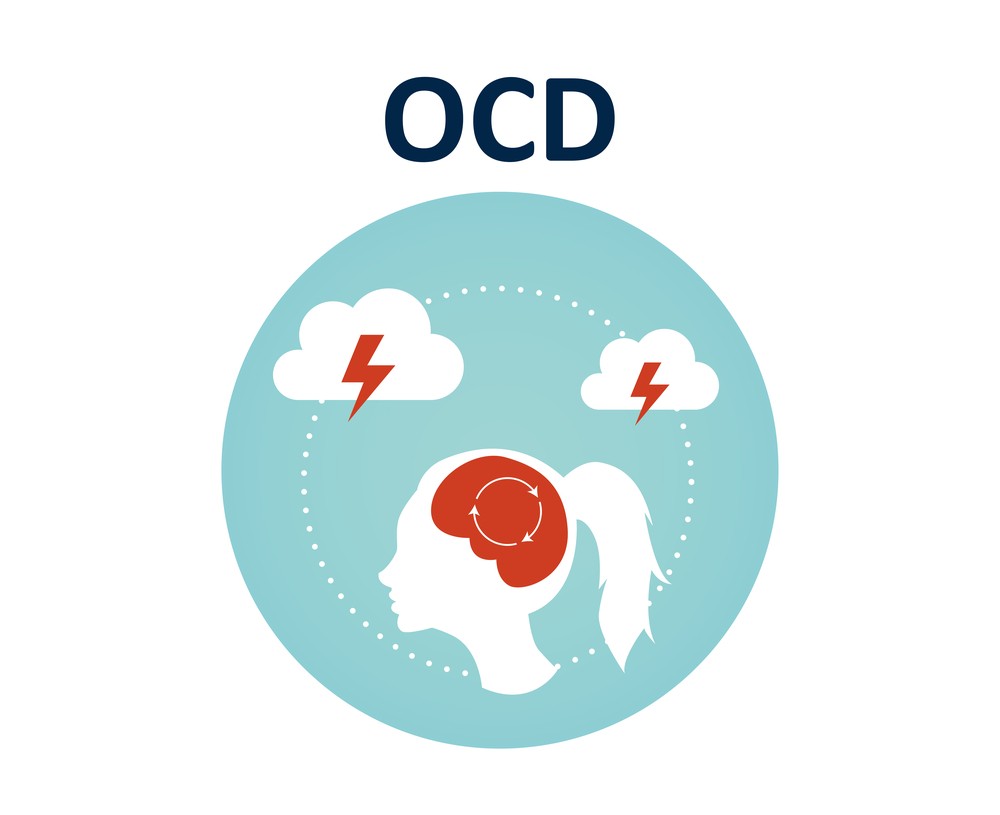
Mental Health and OCD
The nexus between mental health and OCD is a decisive factor. Anxiety and stress are frequent companions of OCD in children, affecting their overall well-being.
- Contacting a mental health professional is essential for an accurate evaluation and treatment plan.
- Evaluation process: It typically includes discussions with the child, observations, and, sometimes, standardized testing.
- Treatment: Often involves therapy, such as Cognitive Behavioral Therapy (CBT), and may include medication.
A child may also be neurodivergent, meaning they experience the world differently because of variations in the brain. This can intertwine with their OCD symptoms, creating a unique context for their condition.
Key Takeaway: Timely intervention from a mental health professional can greatly improve the quality of life for a child with OCD, reducing the impact of the condition on their daily activities.
 Indicators of OCD in Kids
Indicators of OCD in Kids
Recognizing the signs of OCD in young ones is crucial for providing them with the right support and treatment early on.
Physical and Behavioral Signs
In children with OCD, you may notice specific physical actions that are done over and over. These can include:
- Repeating rituals: Such as washing hands often, even when not dirty.
- Cleaning: An excessive need to clean their surroundings, toys, or themselves can be a clear sign.
- Checking: Constantly checking to see if a door is locked or if the stove is off is expected.
- Symmetry and Ordering: Arranging items precisely and becoming distressed if the order is disrupted.
Key Takeaway: Repetitive behaviors connected to cleaning, checking, or symmetry are physical signs of OCD.
Emotional and Cognitive Indicators
OCD also affects how kids think and feel. Pay attention to:
- Distress: They may seem unusually upset over small changes or mistakes.
- Worry and Fear: Persistent fears, such as fear of contamination by dirt, may dominate their thoughts.
- Sexual or Violent Thoughts: Some may experience intrusive, inappropriate thoughts, causing them significant distress.
Key Takeaway: Emotional indicators include persistent worry and intrusive thoughts that lead to noticeable distress.
Social and Developmental Aspects
OCD can affect a child’s social interactions and development:
- Withdrawing from Friends: They might avoid social situations to keep up with their compulsions.
- Developmental Delays: In severe cases, OCD can interfere with milestones, like making friends or succeeding in school.
Key Takeaway: Social withdrawal and developmental delays are potential signs that may point toward OCD.
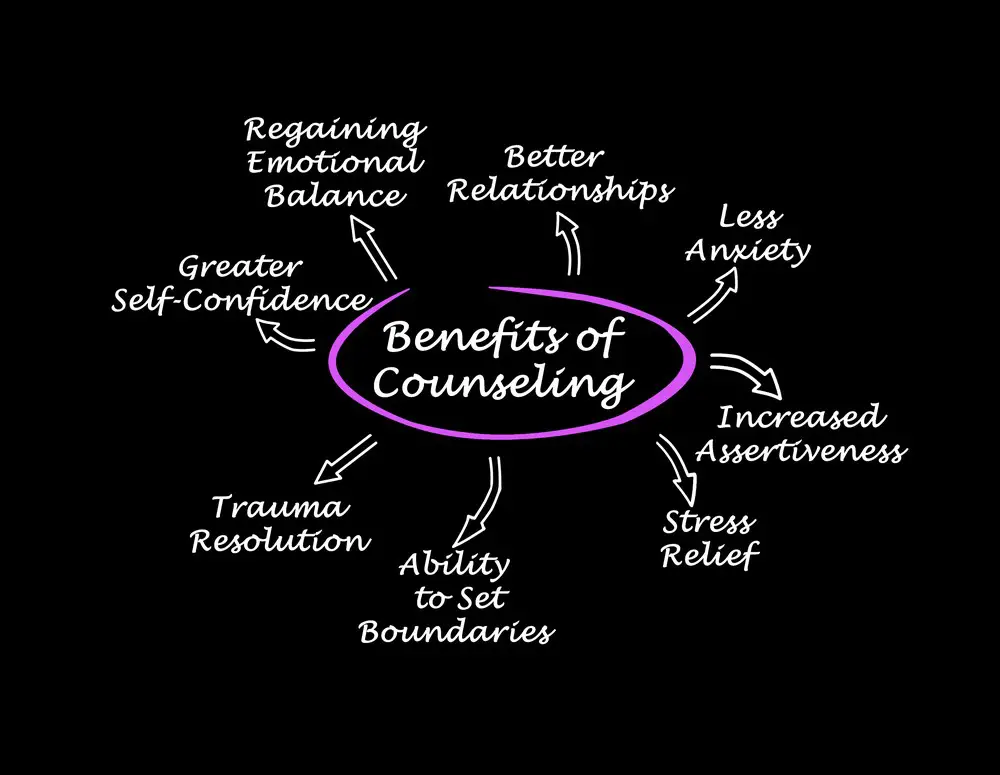
Diagnosis and Evaluation
When it comes to OCD in kids, an accurate diagnosis and insightful evaluation are critical. They pave the way for targeted treatment and support, ensuring your child can confidently navigate their world.
Role of Professional Assessment
A thorough evaluation by a mental health professional is the first step in confirming whether your child has OCD. You can expect your healthcare provider to:
- Interview your child and family: Discuss behaviors, thoughts, and feelings to understand the symptoms.
- Observe your child: Note habits or rituals that may signal OCD.
Key Takeaway: Professional assessment is vital to discerning OCD from normal childhood tendencies.
Criteria for OCD Diagnosis
For a clear diagnosis, therapists look for specific patterns in behavior and thoughts that align with established criteria, including:
- The presence of obsessions (intrusive, unwanted thoughts) and compulsions (repetitive behaviors driven by these thoughts).
- Significant distress or impairment in day-to-day functioning.
Remember, the diagnosis must also consider your child’s age since symptoms can manifest differently in younger children compared to adolescents.
Key Takeaway: A diagnosis hinges on specific criteria differentiating OCD from other conditions.
Assessment Tools and Tests
Your mental health professional may employ various structured tools and tests that delve into your child’s mental state, such as:
- Rating scales: Tools like the Children’s Yale-Brown Obsessive-Compulsive Scale (CY-BOCS) help quantify the severity of OCD symptoms.
- Checklists and questionnaires: To cover any symptoms you or your child might not have mentioned during the interview.
Key Takeaway: Using established tests ensures a thorough and standard evaluation, paving the way for effective treatment.
Treatment Approaches for OCD
When addressing OCD in children, multiple treatment approaches are considered to tackle the symptoms effectively. Each method targets different aspects of the disorder, ensuring a comprehensive strategy.
 Cognitive-Behavioral Therapy (CBT)
Cognitive-Behavioral Therapy (CBT)
Cognitive-Behavioral Therapy is a cornerstone of OCD treatment. It involves two main components:
- Cognitive Therapy: You’ll learn to identify and challenge negative thought patterns.
- Behavior Therapy: Includes Exposure and Response Prevention (ERP), which slowly exposes you to feared objects or ideas and teaches you healthy ways to cope with anxiety.
Key Takeaway: CBT empowers you with strategies to manage OCD thoughts and behaviors over the long term.
Medication and Management
Medications can play a crucial role, often in conjunction with therapy. Here’s what you need to know:
- Selective Serotonin Reuptake Inhibitors (SSRIs) are a common medication prescribed to help lessen the symptoms of OCD.
- Consistent medication management by healthcare professionals ensures the best outcomes and minimizes potential side effects.
Remember to connect with your healthcare provider regularly, and don’t hesitate to contact them by phone or email if concerns arise.
Key Takeaway: Medications can significantly reduce symptoms when managed correctly.
Supportive Therapies and Interventions
Apart from CBT and medication, several supportive strategies can enhance treatment:
- Stress Management Techniques: Mindfulness and relaxation exercises can help you cope with daily stress.
- Family Therapy: Teaches families about OCD and how to support their loved ones effectively.
Engaging with a support group or a center specializing in OCD can provide additional resources and encouragement.
Key Takeaway: Supportive therapies can bolster the primary OCD treatment, providing a solid foundation for managing the disorder.
Coping Strategies for Families
When addressing OCD in children, families must foster a supportive atmosphere that reduces stress and promotes positive relationships.
Creating an OCD-Friendly Home Environment
To make your home more comforting for a child with OCD, you should focus on creating a structured environment that minimizes anxiety triggers. Here are a few strategies:
- Routine: Establish a daily routine to provide predictability and control.
- Private Space: Ensure your child has a private space for calmness.
- Limits on Reassurance: It’s natural to want to reassure your child, but setting limits avoids reinforcing OCD behavior.
Key Takeaway: A structured and reassuring home environment can be a sanctuary from the stress of OCD.
Education and Support for Siblings
Siblings might feel confused or sidelined, so it’s essential to support them as well:
- Explain OCD: Use age-appropriate language to help them understand their sibling’s condition.
- Inclusive Family Meetings: Hold regular family meetings to discuss concerns and accommodations, ensuring everyone feels heard.
Key Takeaway: Empowering siblings with knowledge and inclusion can strengthen family bonds.
Working with Schools and Educators
Your child’s education can continue smoothly with the right support from their school. Collaborate with educators by taking these steps:
- Inform Teachers: Provide teachers with information about your child’s needs and what strategies are helpful.
- Homework Adjustments: If necessary, discuss potential adjustments to homework to reduce stress without compromising educational goals.
Key Takeaway: Partnering with educators can help maintain your child’s focus on learning without the added pressure of OCD.
Lifestyle Modifications and Self-Help
Adopting specific lifestyle changes and self-help strategies can significantly ease the symptoms of OCD in children. These positive adjustments aim to instill a sense of stability and reduce stress, which may otherwise exacerbate the disorder.
Daily Routines and Structured Activities
Creating a predictable environment with structured activities can help manage OCD.
- Consistency is key. Outline a daily routine incorporating school, play, and relaxation time.
- Encourage your child to prioritize tasks to foster a sense of accomplishment while minimizing overwhelming choices.
Key Takeaway: Order and structure can provide a reassuring framework, reducing worry and the urge to engage in compulsive behaviors.
Stress Reduction Techniques
Stress can often trigger or worsen OCD symptoms.
- Explore relaxation methods such as deep breathing exercises, yoga, or meditation.
- Set aside “worry time,” a specific period when your child can address their anxieties in a controlled manner.
Key Takeaway: Mastering stress reduction can diminish the need for compulsive rituals as a coping strategy.
Importance of Physical Health
Physical well-being is closely tied to mental health, especially for an anxiety disorder like OCD.
- Encourage regular physical activity; exercise can be a natural and effective stress reliever.
- Promote healthy eating habits; nutritious foods can impact mood and energy levels.
Key Takeaway: A healthy body can contribute to a more balanced mindset, which can lessen the impact of OCD.
Support Resources and Community
Discovering the right support resources can make a significant difference in managing your child’s OCD. Connecting with others, accessing educational materials, and participating in workshops are pivotal steps.
Local and Online Support Groups
You’re not alone in this journey. Participating in local and online support groups can provide you both with safe spaces to share experiences and effective coping strategies. Here’s what to keep an eye out for:
- Location: Find nearby support groups through hospitals or mental health clinics.
- Online platforms: Look for reputable websites and social media groups that focus on OCD in children.
Key Takeaway: Joining groups can decrease feelings of isolation and boost your support network.
Connecting with Other Parents
Building relationships with other parents can be deeply comforting. Here’s how you can connect:
- Parent meet-ups: Local community centers often host meet-ups.
- Online forums: Discuss with parents who understand your worries and successes.
Key Takeaway: Fostering these connections can strengthen your support system and provide practical insights.
Educational Materials and Workshops
Empower yourself with knowledge. Healthcare providers often recommend:
- Reading materials: Obtain booklets and fact sheets from local health services.
- Workshops: Attend sessions that teach strategies for managing anxiety and improving your child’s well-being.
Key Takeaway: Accurate information can arm you with the tools you need to support your child effectively.
Frequently Asked Questions
Understanding OCD in children is crucial for timely support and intervention. Here’s a guide to the most pressing questions you might have.
What are some common signs of OCD in children that parents should watch out for?
Children with OCD may exhibit repetitive behaviors, such as washing hands excessively or aligning objects in a precise manner. They might also express irrational fears leading to these compulsive actions. Keep an eye on patterns; everyone has quirks, but consistency in these behaviors could signal more.
How can parents distinguish between normal childhood anxieties and symptoms of OCD?
It’s natural for kids to have worries, but when anxiety leads to repetitive rituals that they feel compelled to perform, it may be OCD. If your child’s routines are causing distress or significantly interfering with daily life, that’s a cue to look deeper.
What steps should a parent take to get their child assessed for OCD?
First, document your observations of your child’s behavior. Then, consult a pediatrician or a child psychologist who can guide you through the process, including referring your child to a specialist for a comprehensive assessment.
At what age do children typically start to show signs of OCD?
Signs of OCD can emerge from as young as 3 to 6 years, but it’s more commonly diagnosed during the pre-teen or teenage years. It’s important to note that symptoms can appear at various ages, depending on the individual.
What are effective ways to support a child with OCD at home?
You can support a child with OCD by maintaining a stable and supportive home environment. Gradually encourage them to face their fears without performing compulsions through gentle guidance. Celebrate small victories and practice patience—remember, consistency is critical.
Can you describe what an OCD assessment tool for children typically involves?
An OCD assessment tool for children typically includes structured interviews and questionnaires designed to understand the child’s thoughts, feelings, and behaviors. These tools help differentiate OCD from other conditions and are conducted by trained professionals.
- 7 Ideas to Help You Relax and Unwind on a Family Vacation - April 27, 2025
- How Having Cybersecurity Protection Helps You Relax - April 25, 2025
- 8 Reasons Why Spending Time Outside Calms You Down - April 25, 2025
This site contains affiliate links to products. We will receive a commission for purchases made through these links.


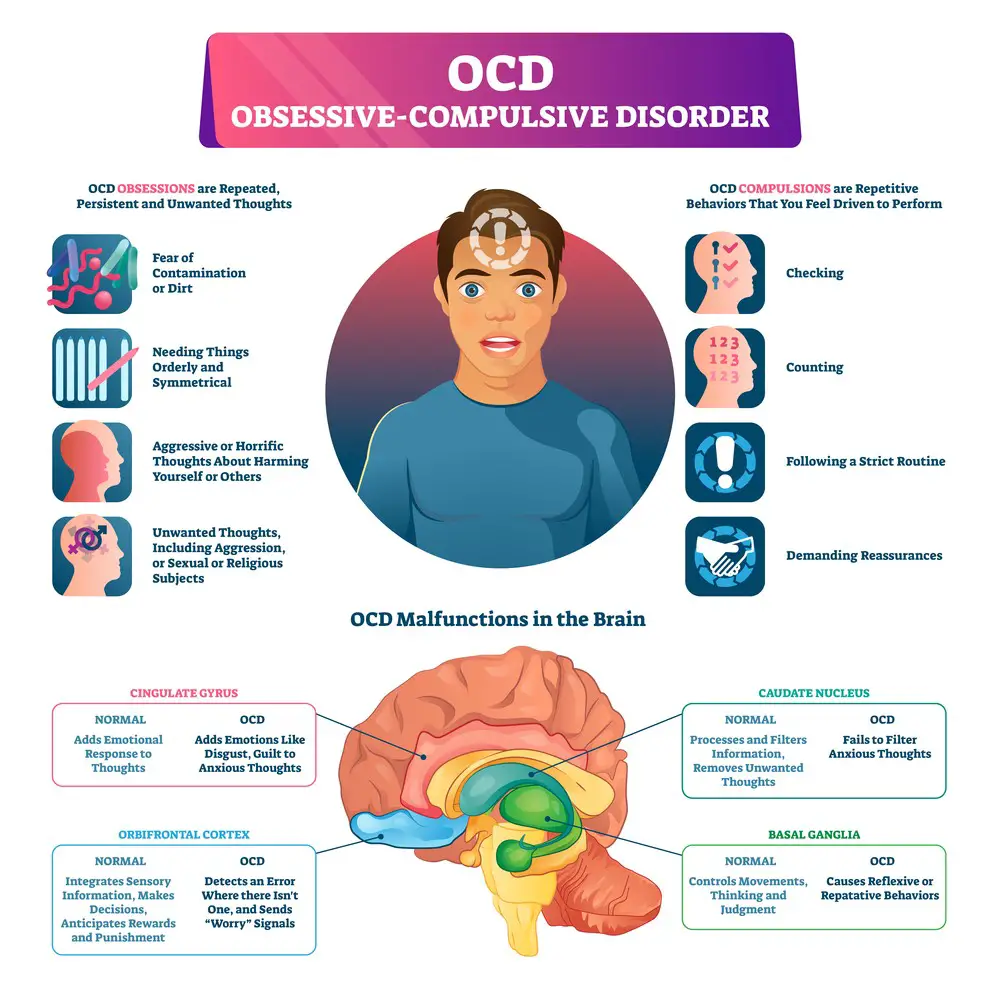 Understanding OCD in Children
Understanding OCD in Children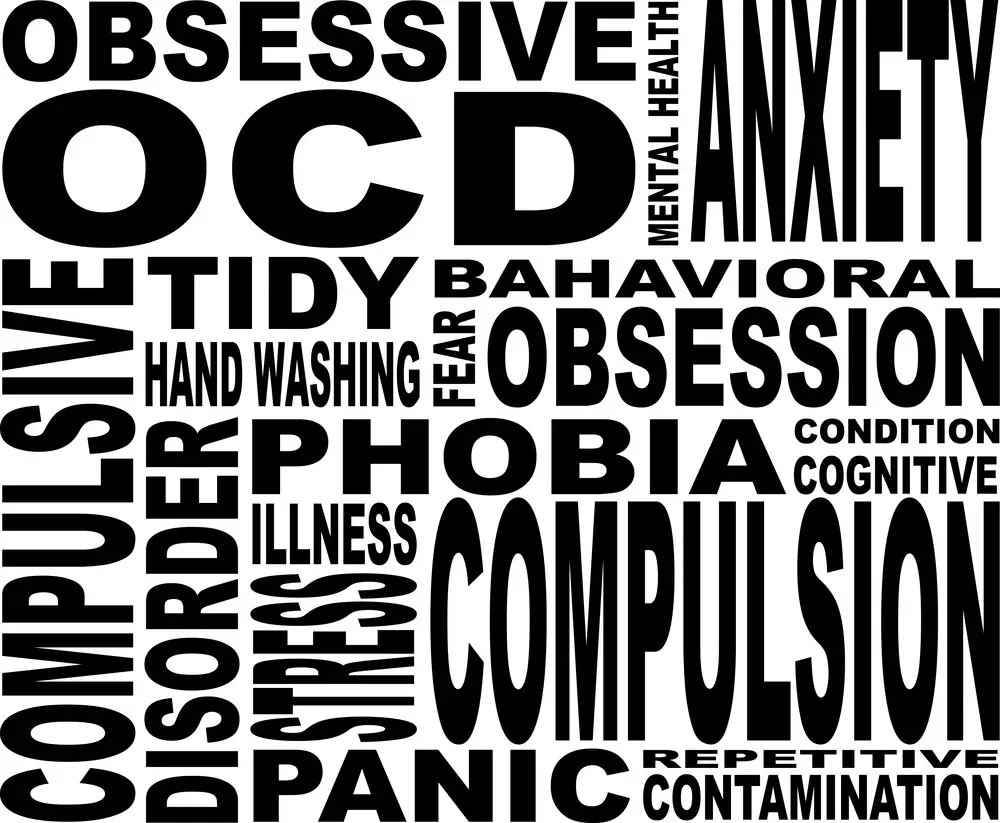 Common OCD Manifestations in Childhood
Common OCD Manifestations in Childhood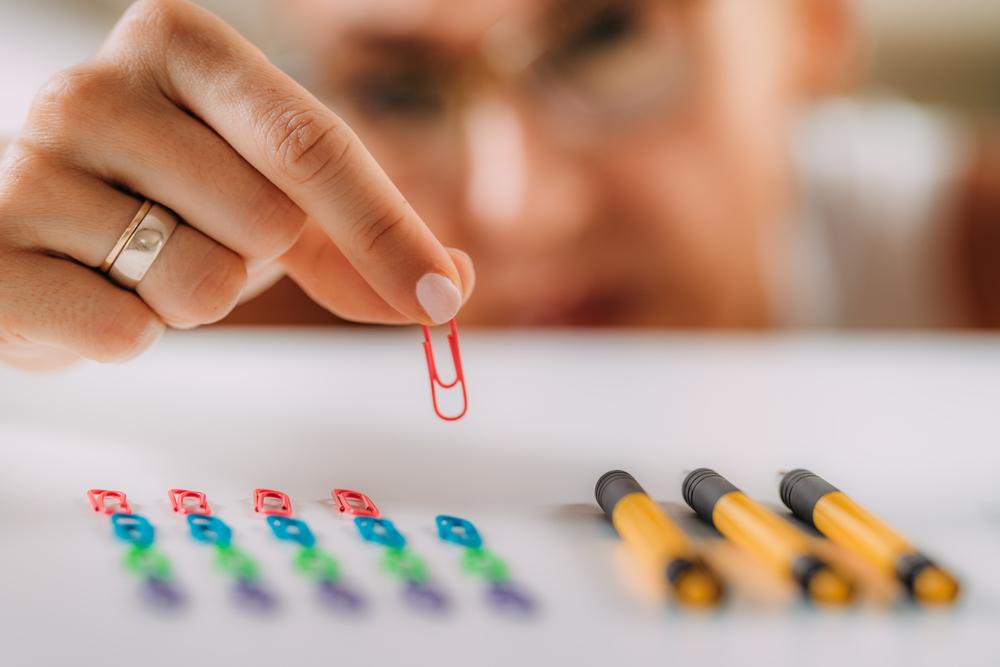 Indicators of OCD in Kids
Indicators of OCD in Kids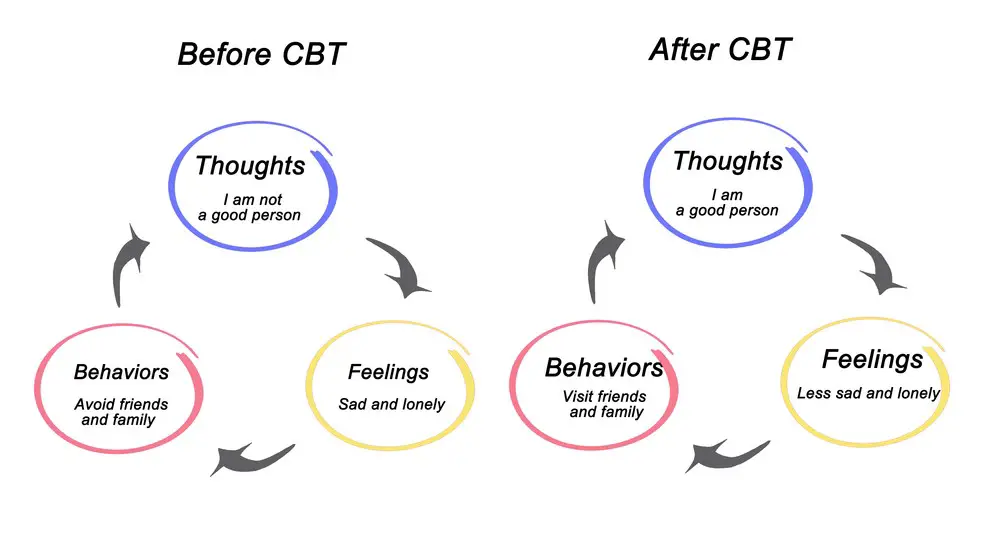 Cognitive-Behavioral Therapy (CBT)
Cognitive-Behavioral Therapy (CBT)
